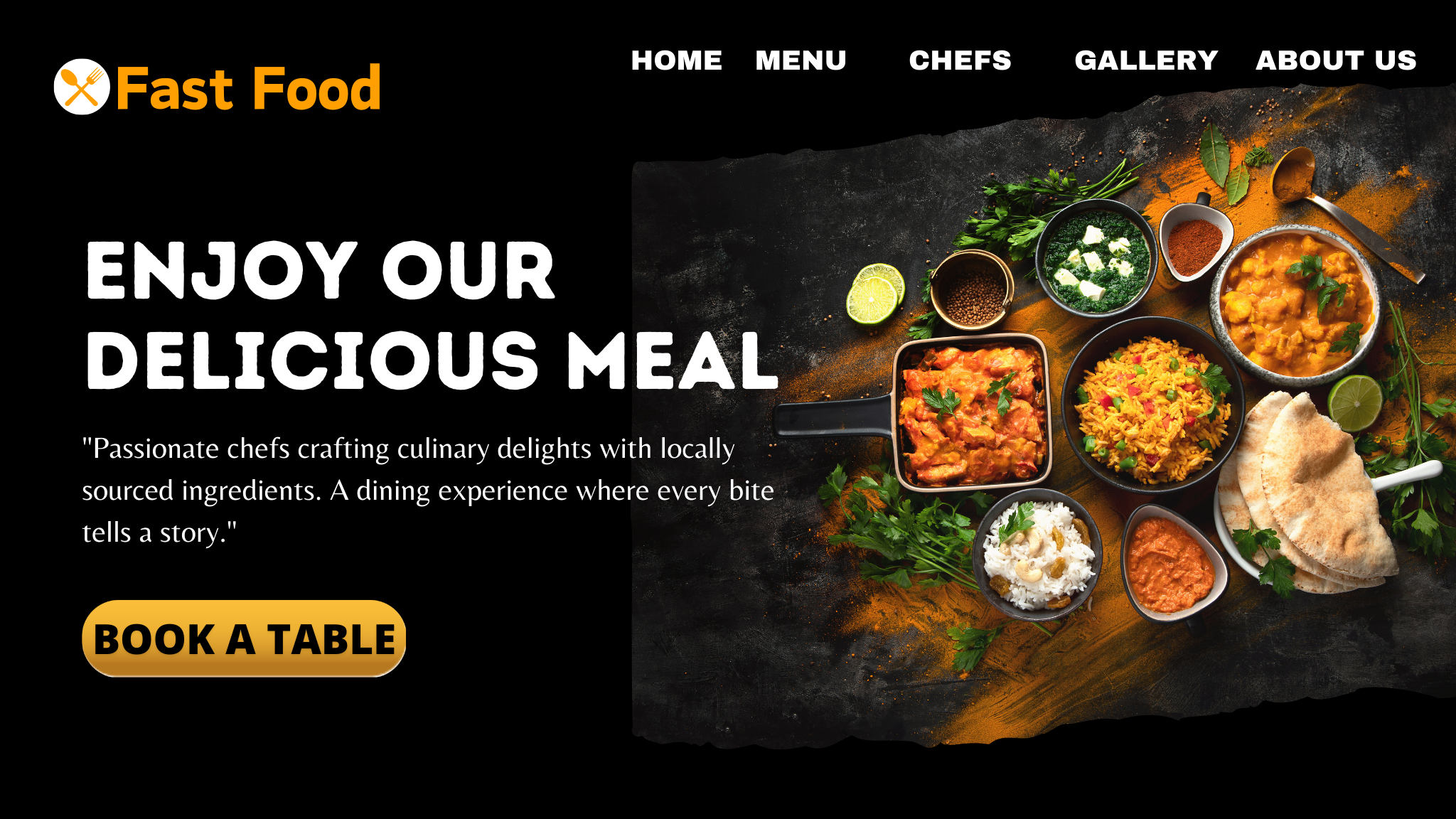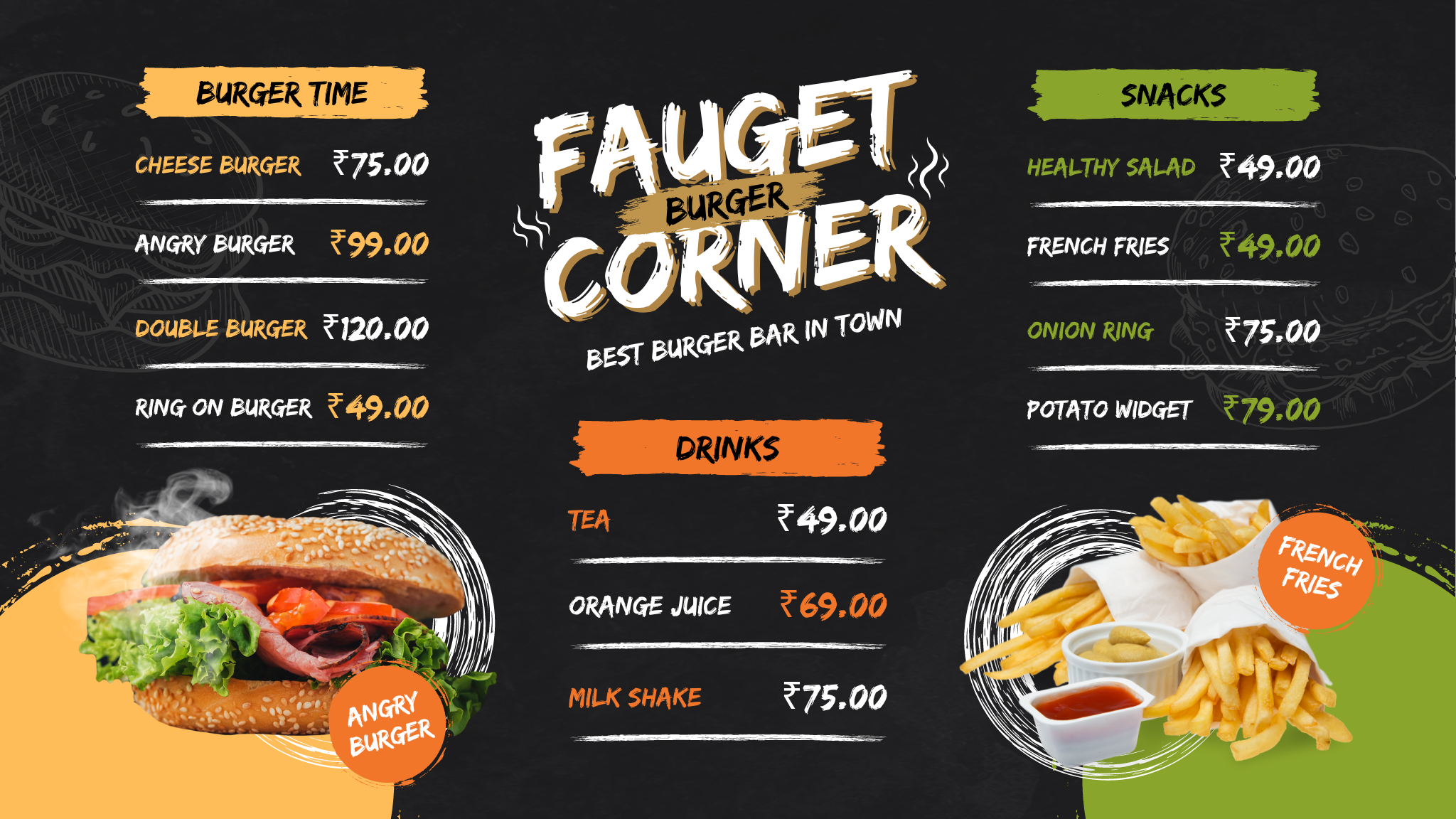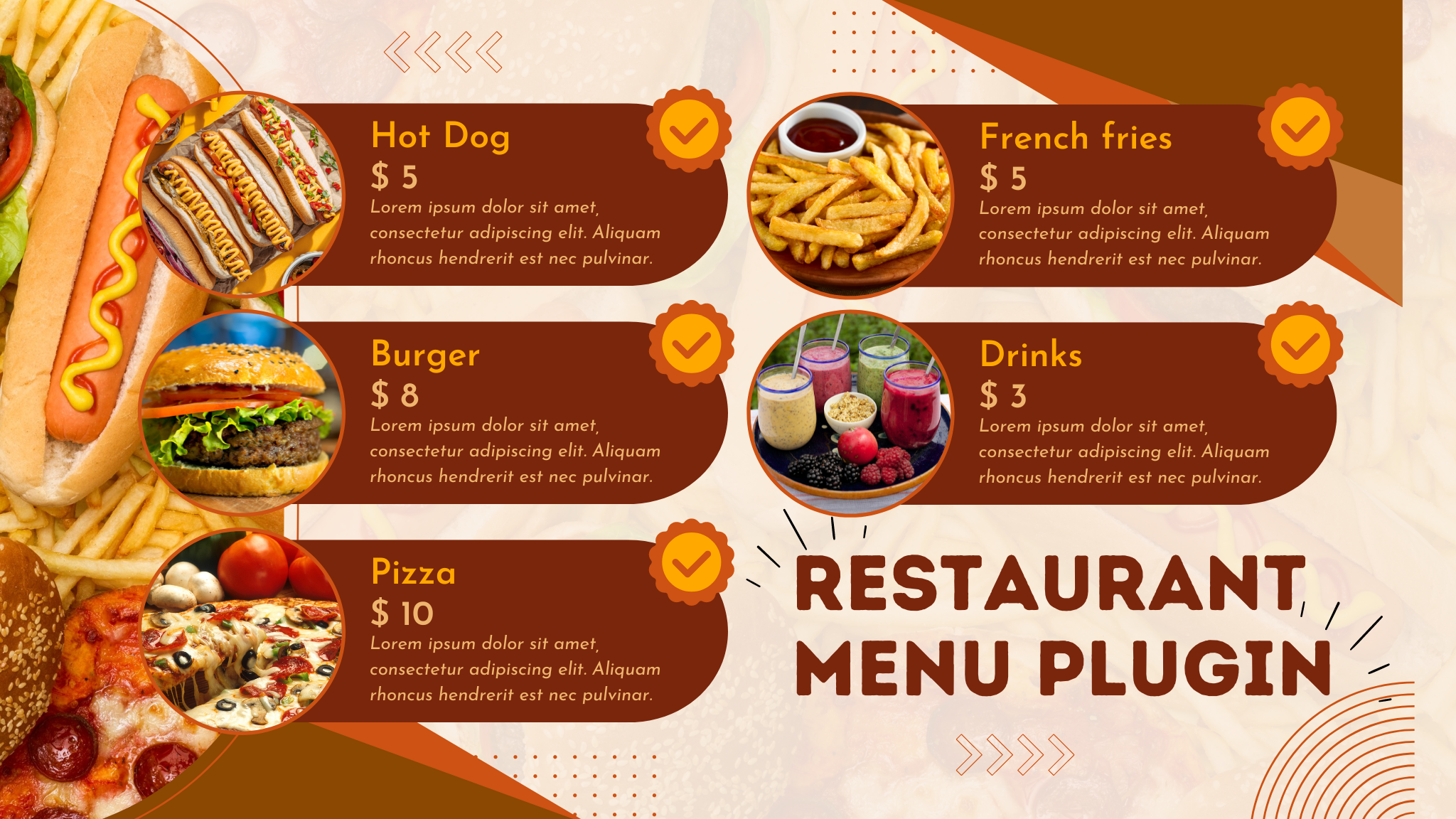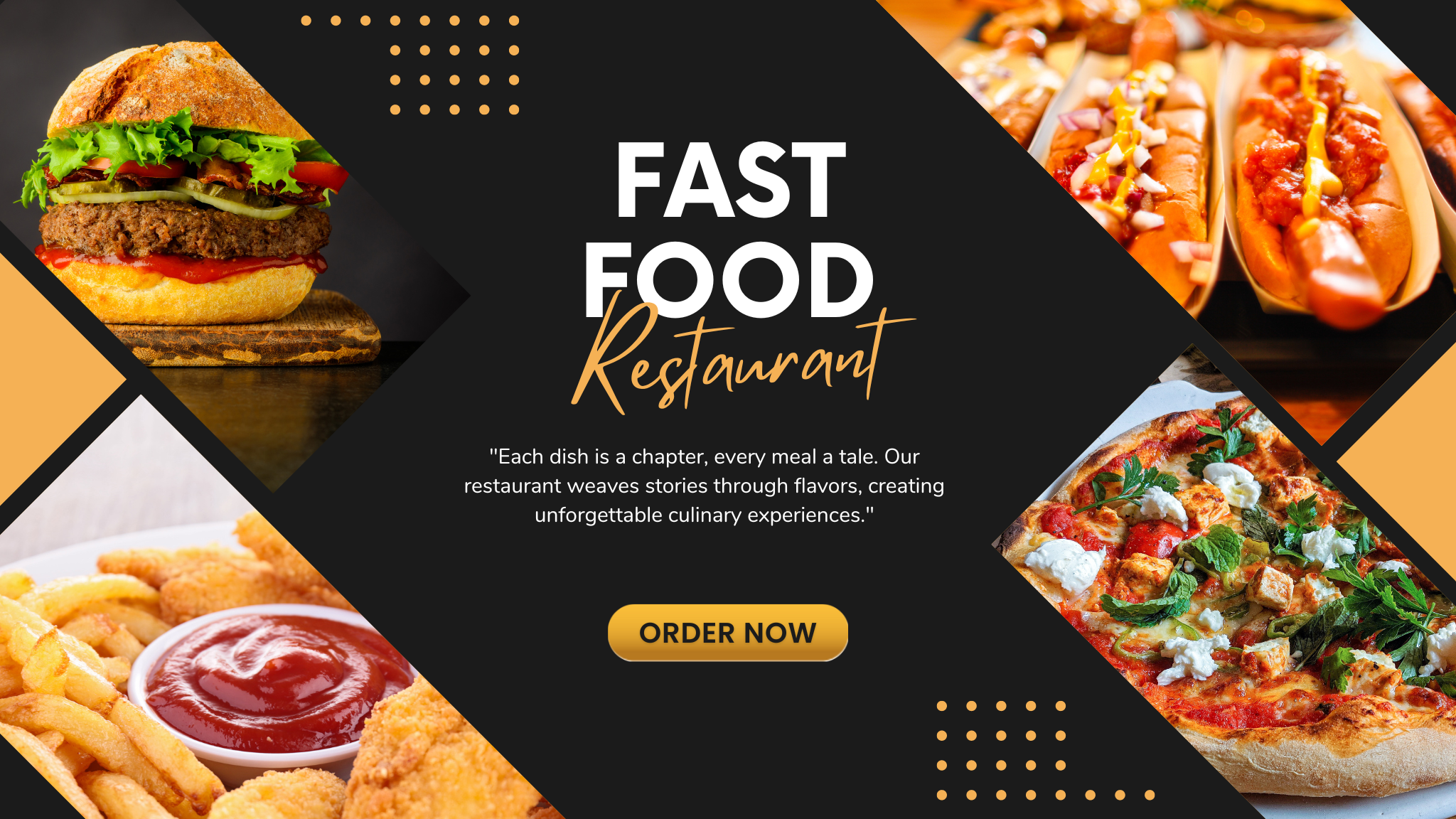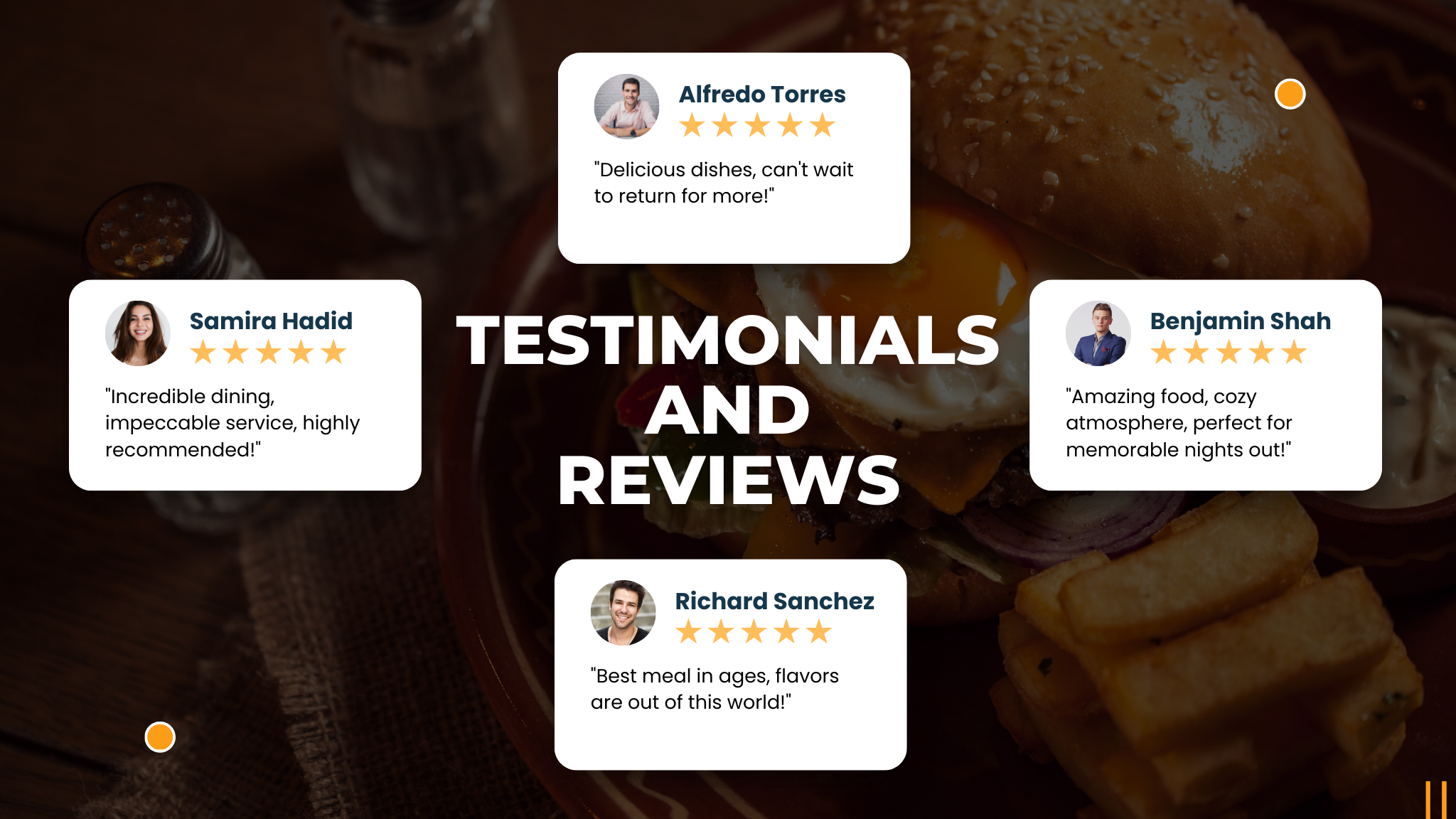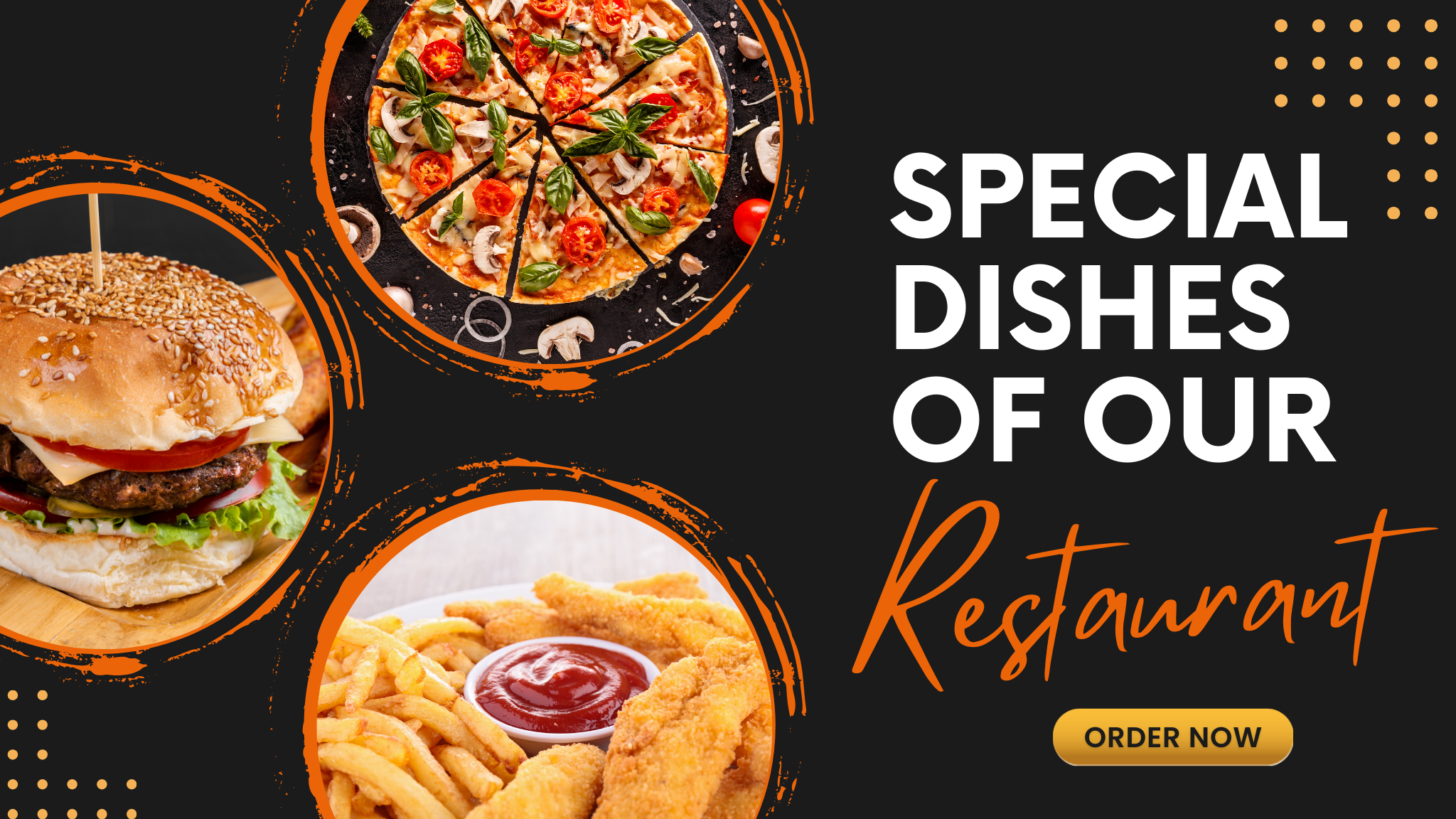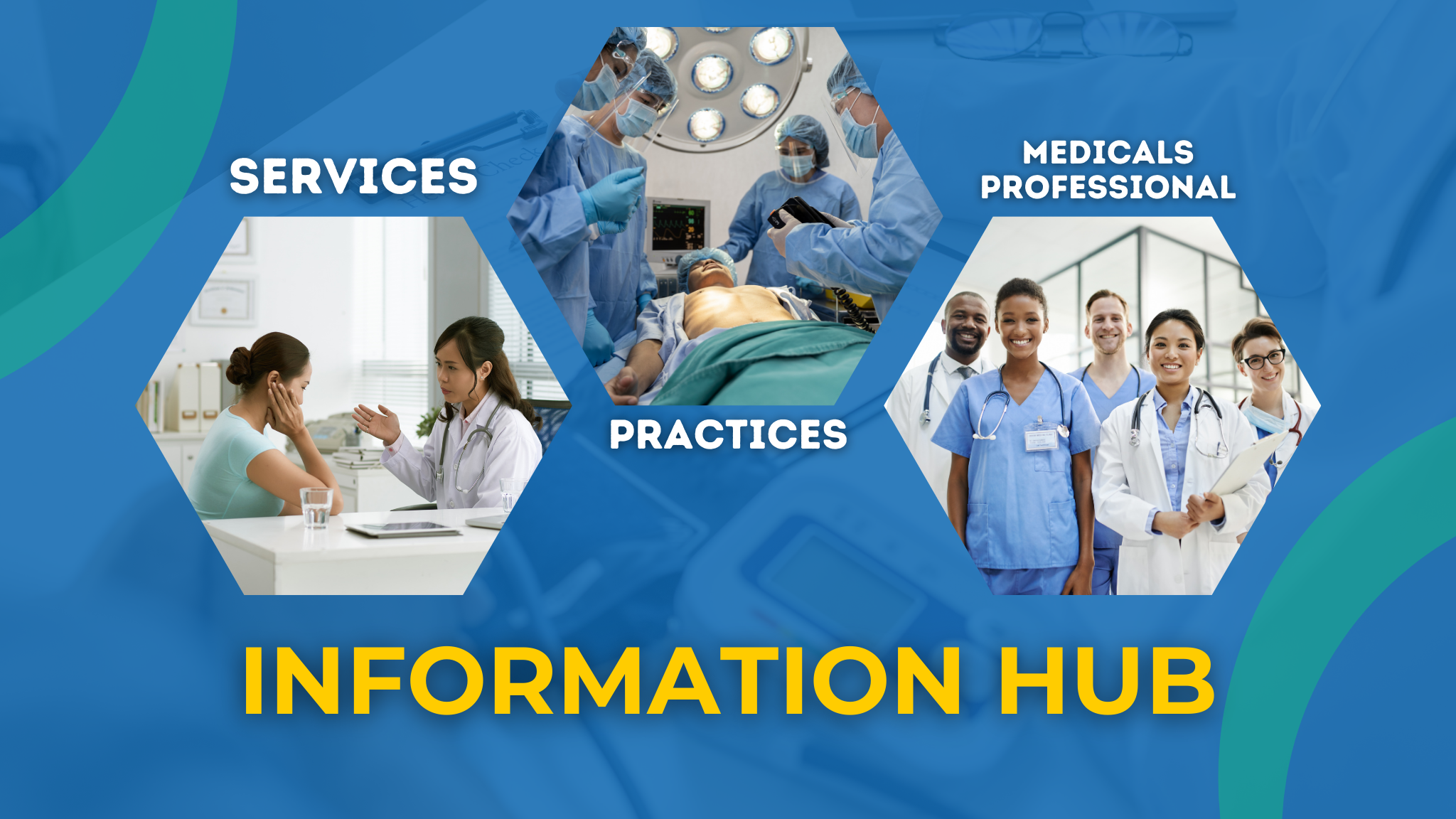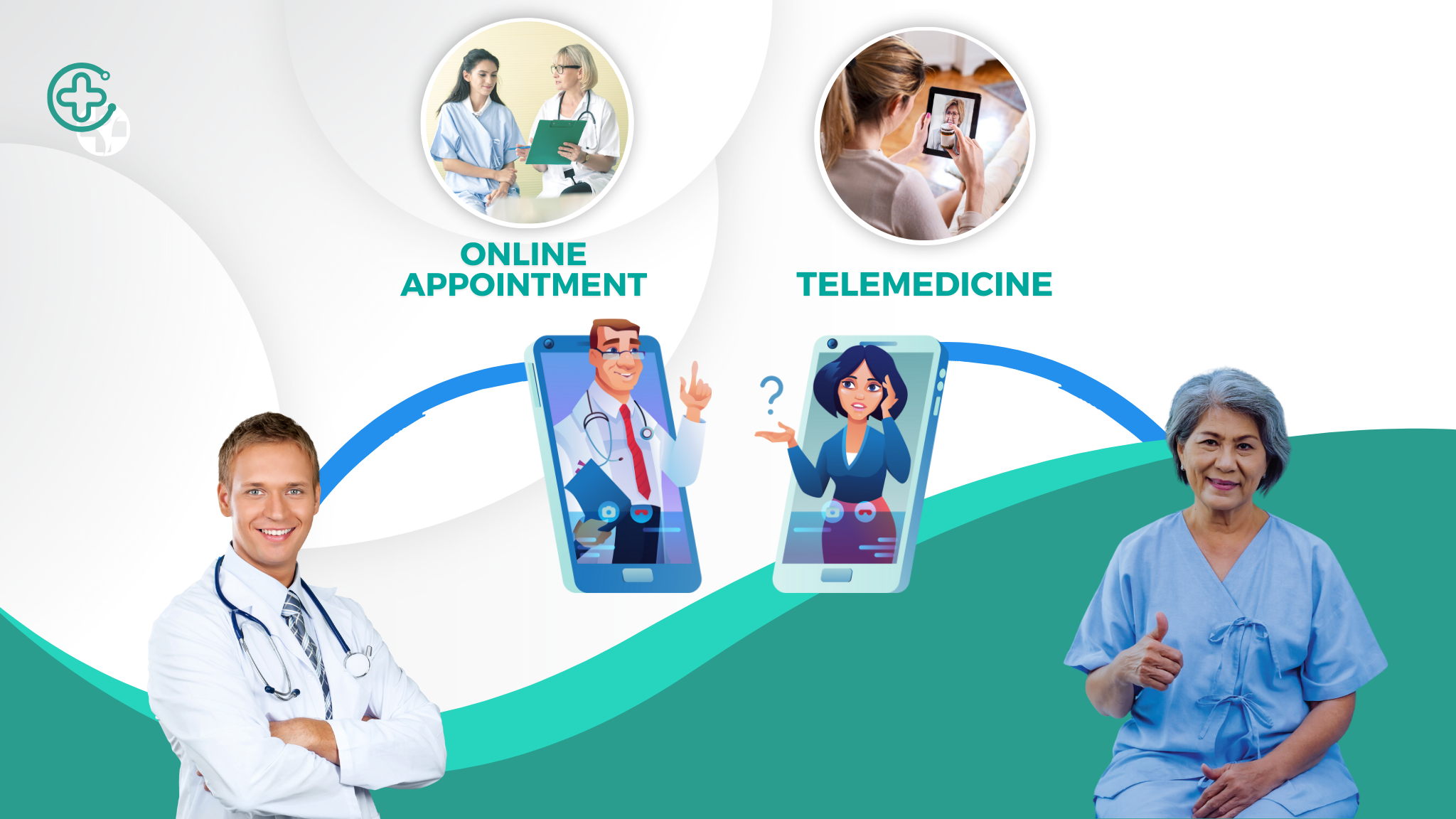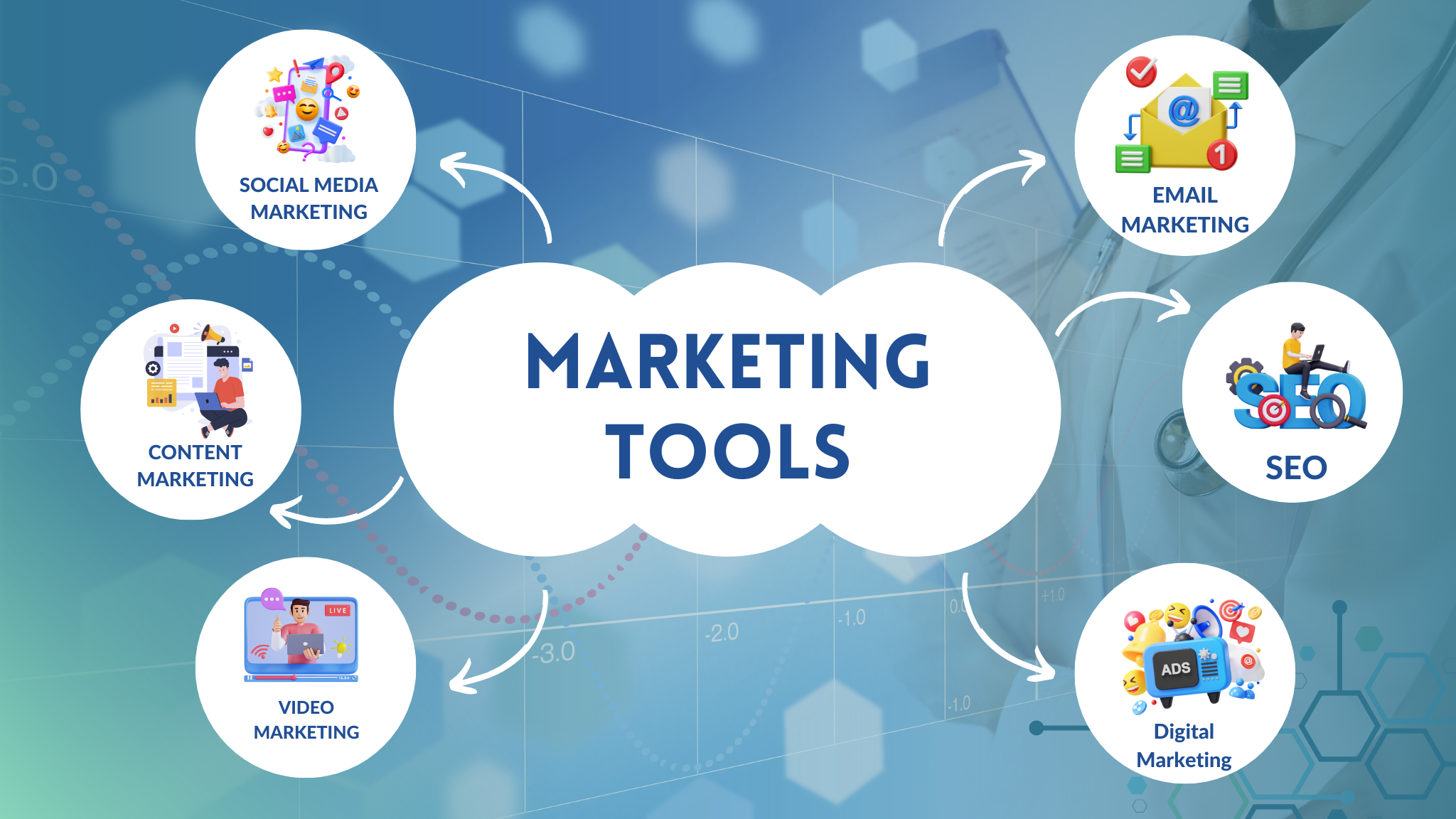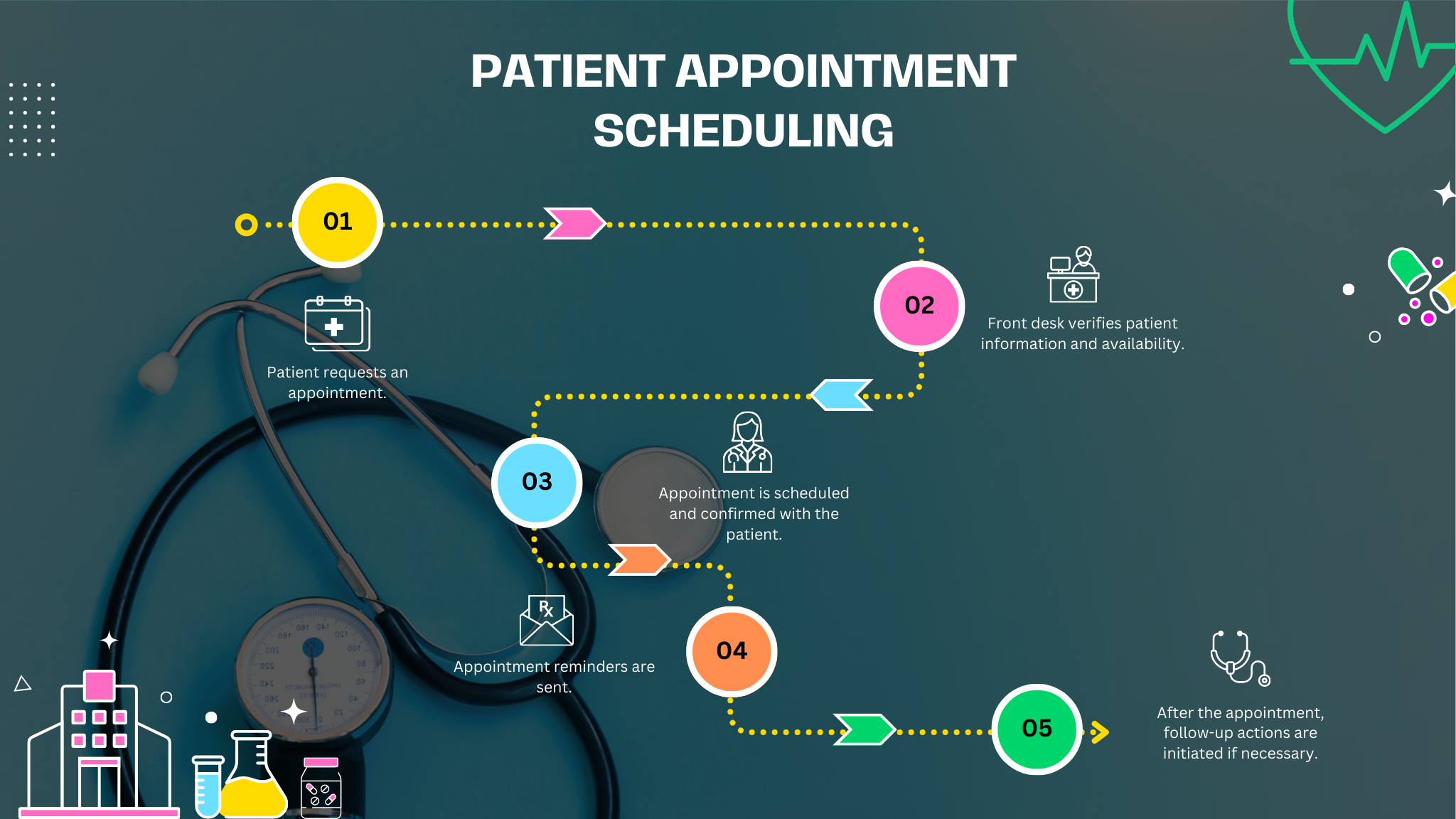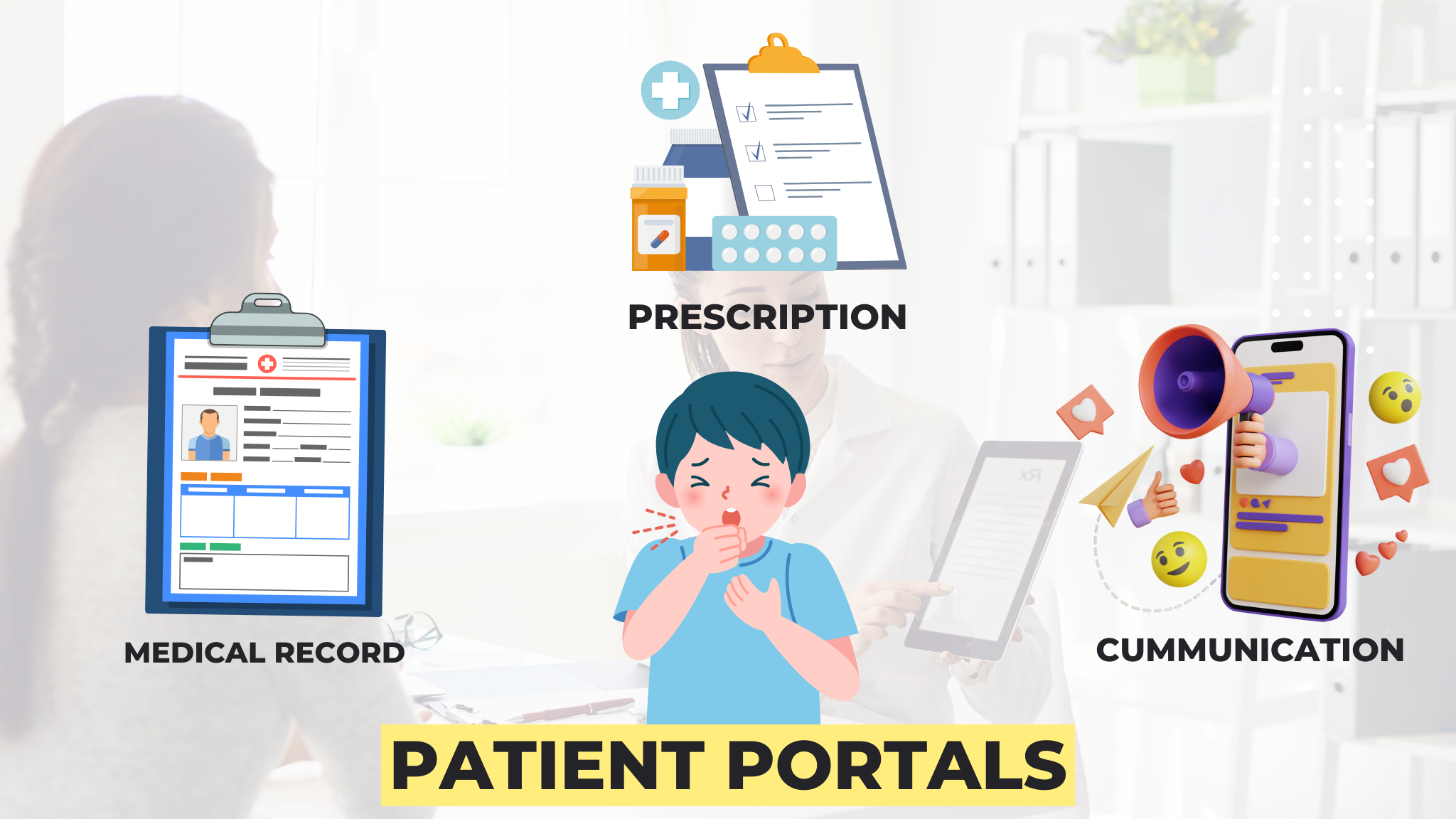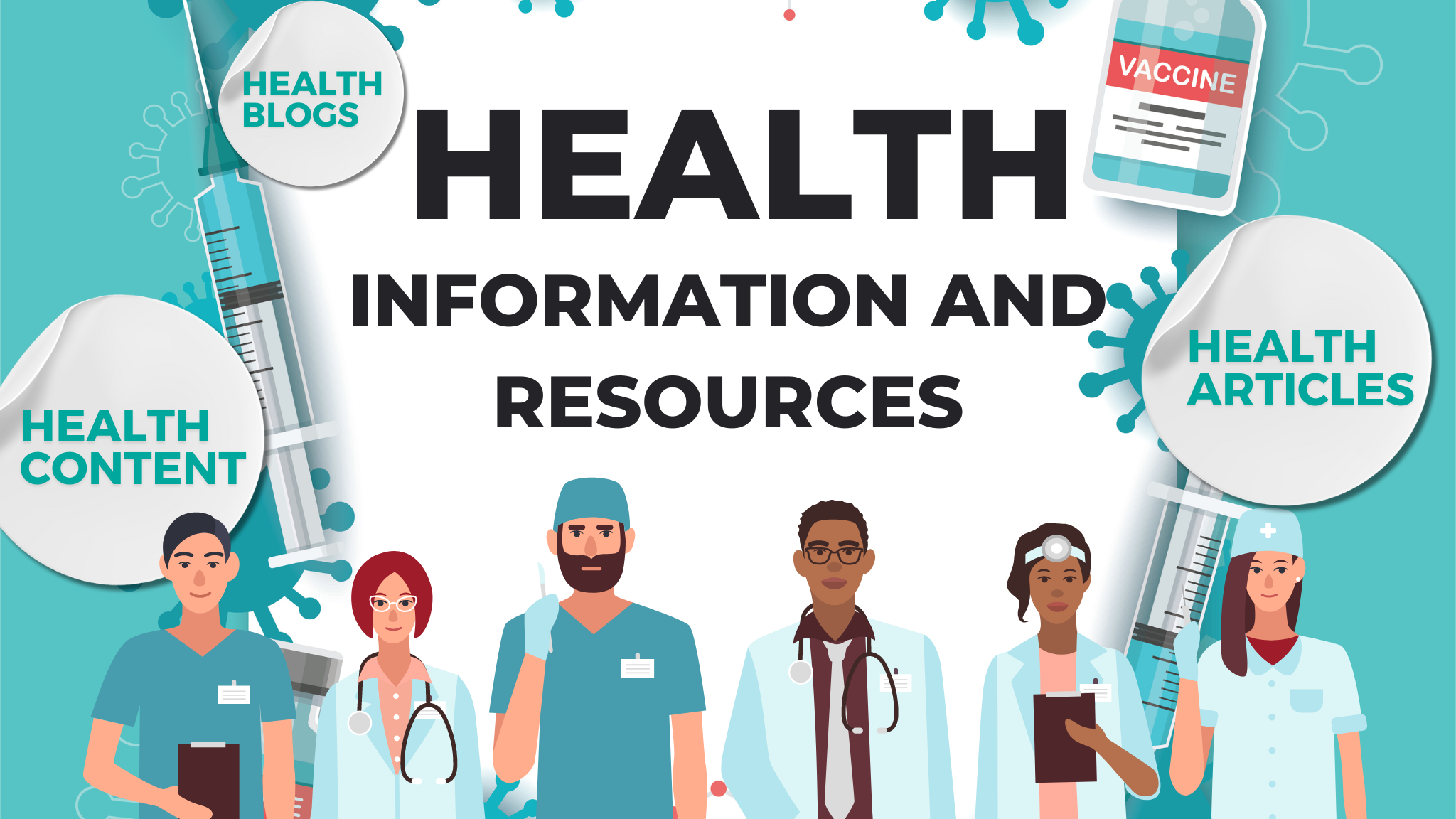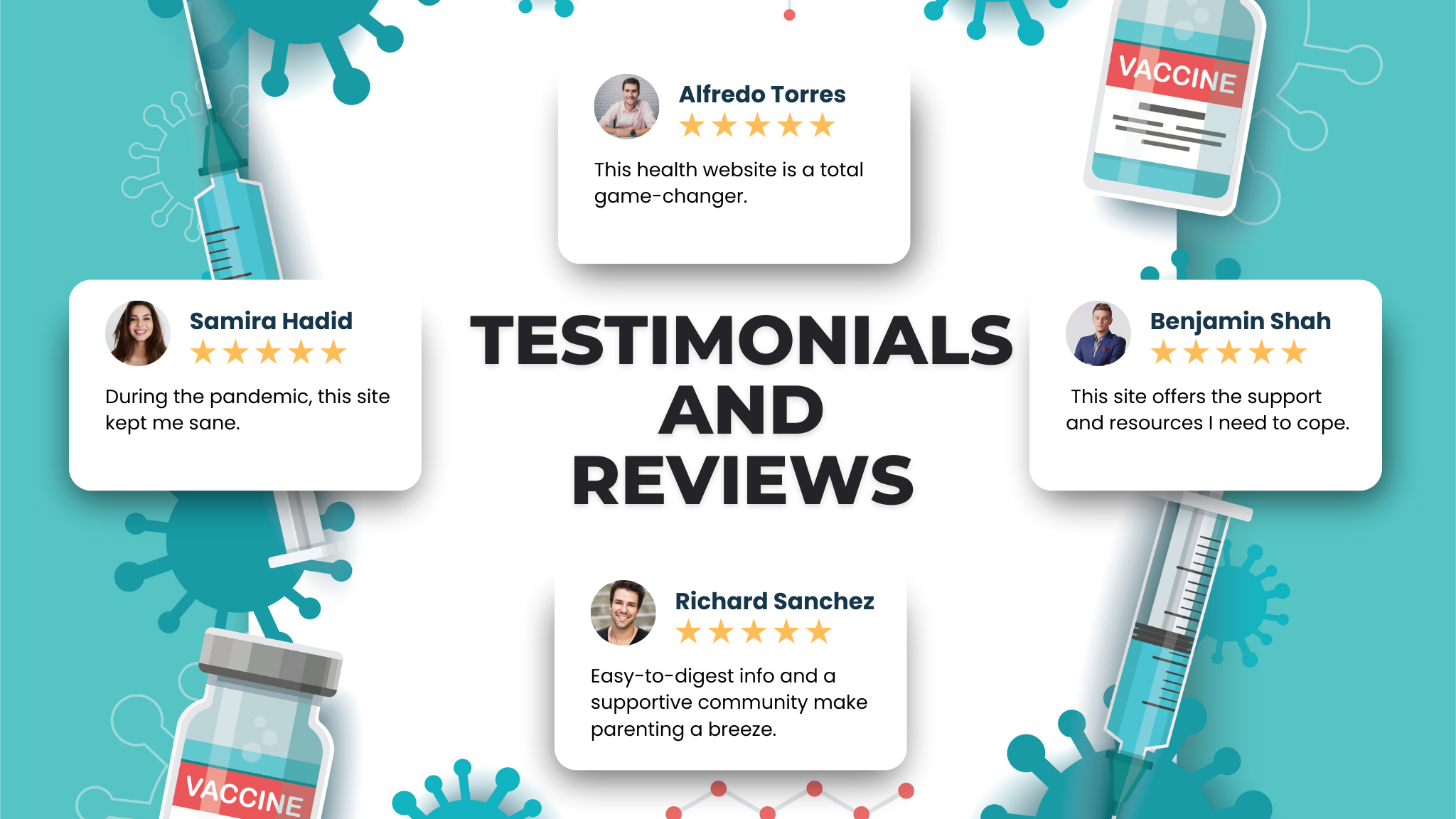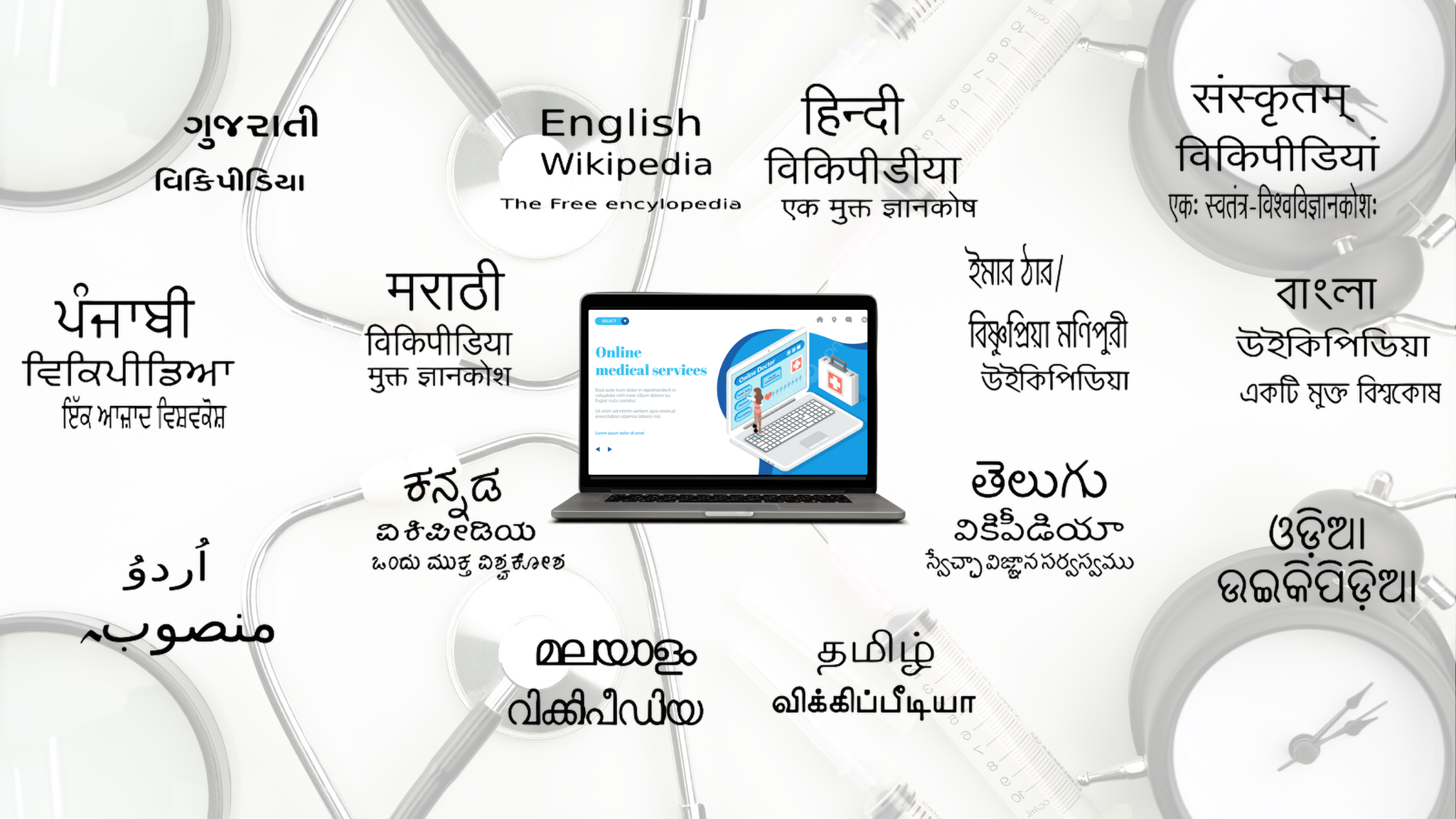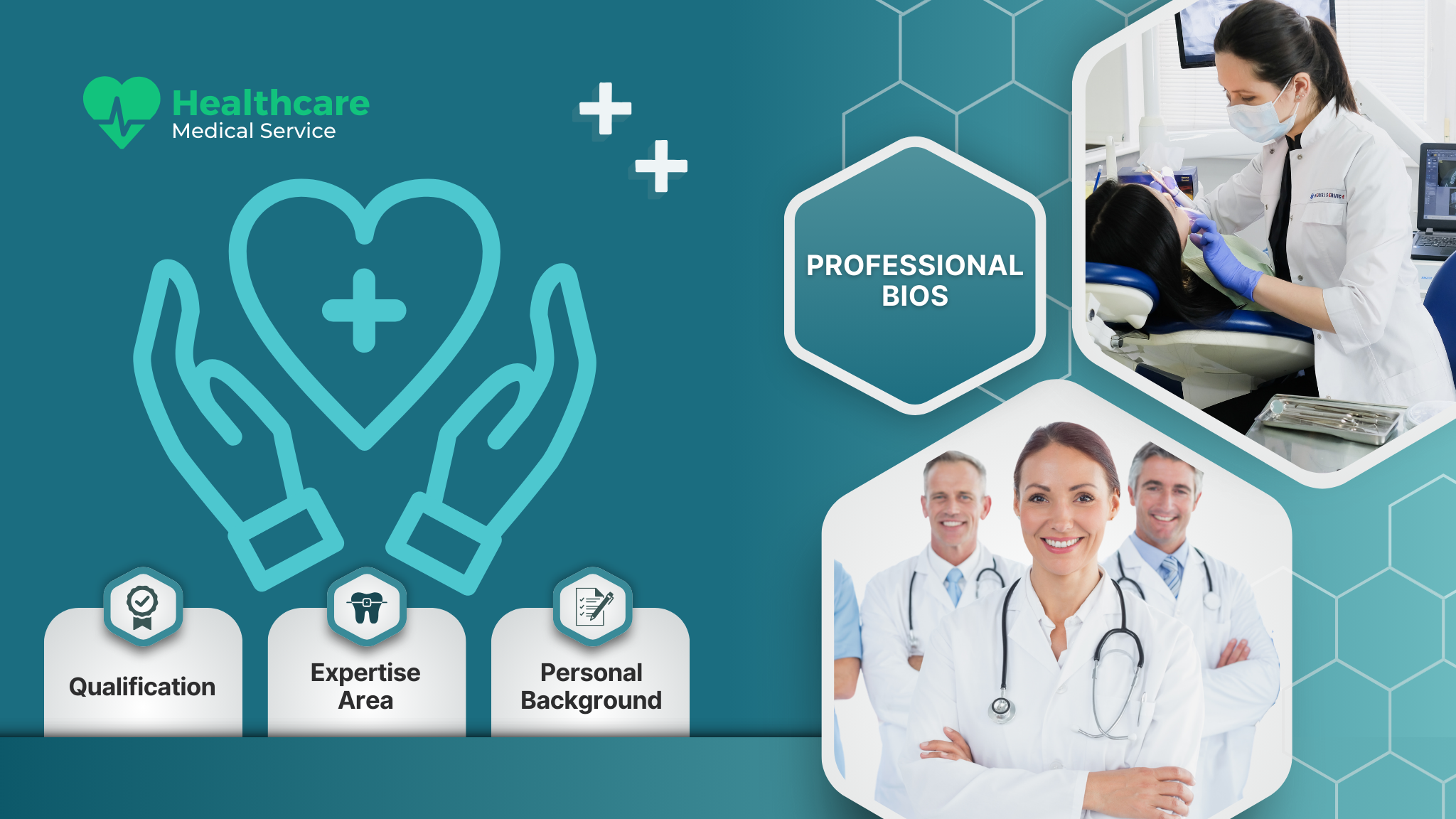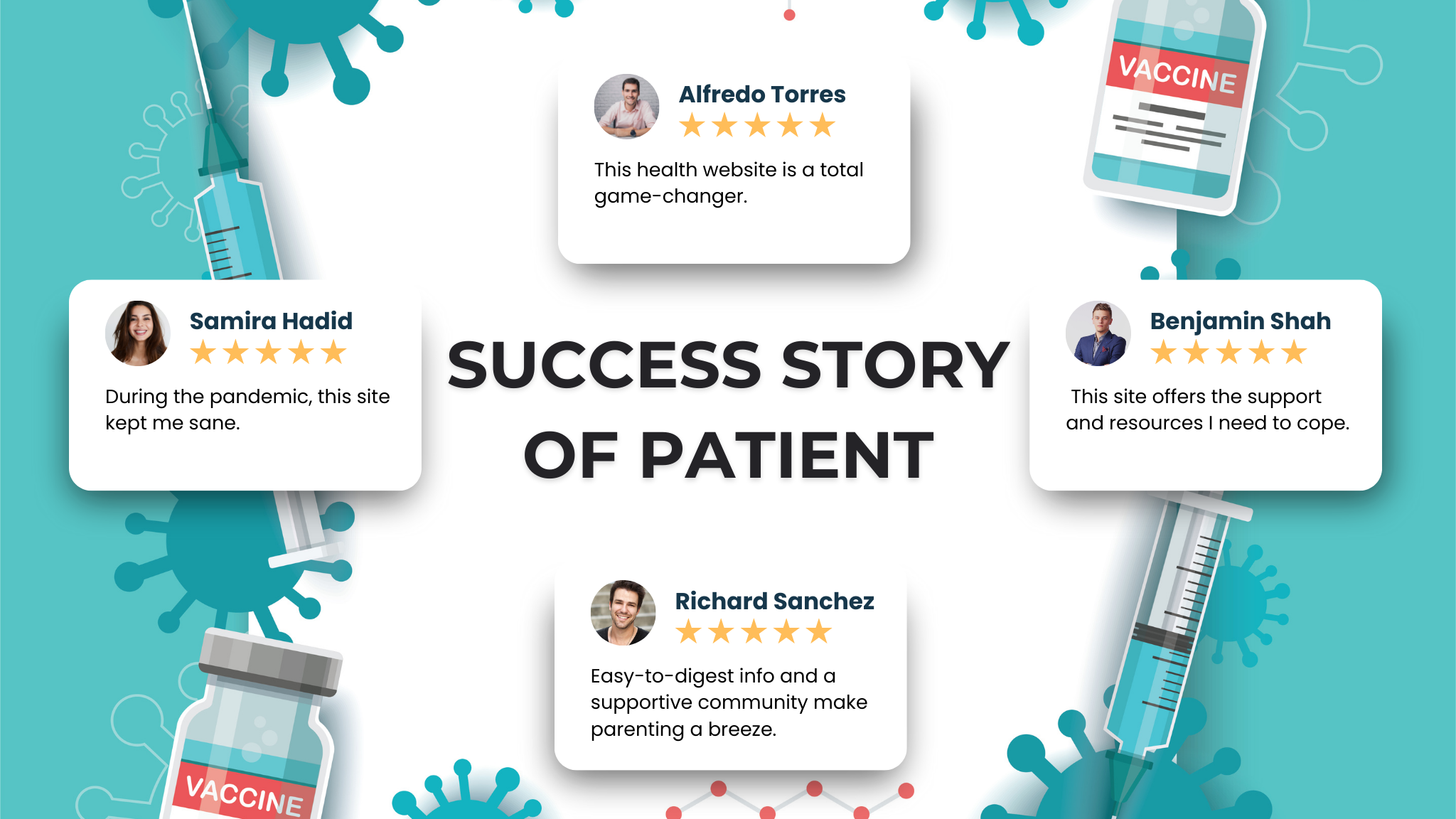In today’s digital era, a school website is more than just an online presence; it’s a powerful tool for communication, information dissemination, and community engagement. By harnessing the capabilities of WordPress, schools can create dynamic and user-friendly websites that cater to the needs of students, parents, and staff. In this comprehensive guide, we’ll delve into the importance of a school website, explore essential features to consider, and discuss strategies for maximizing its impact without delving into the technical development process.
The Significance of a School Website
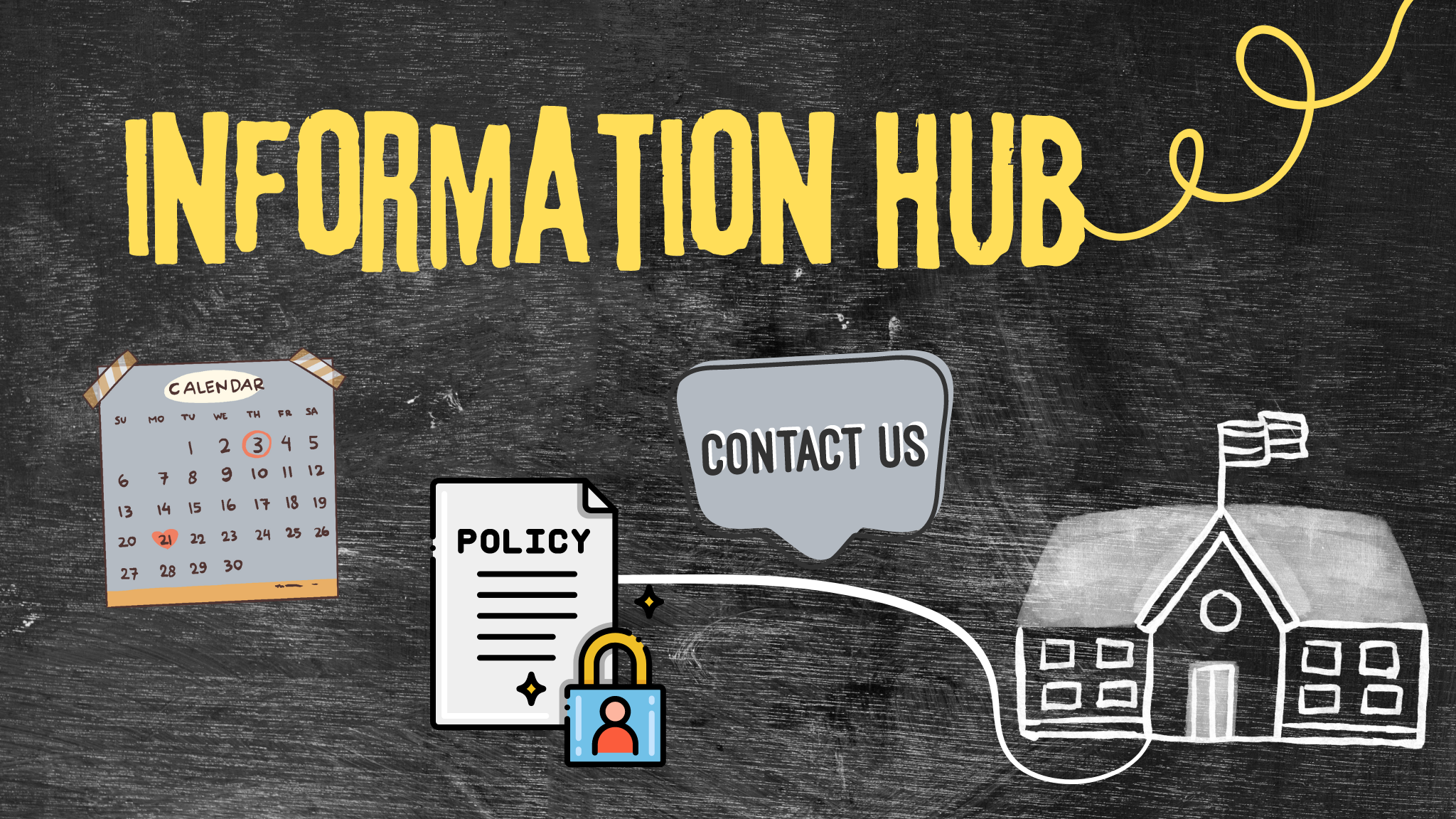
1. Information Hub
With a school website, important information such as academic calendars, schedules, policies, and contact details can be easily accessed by students, parents, and staff members.
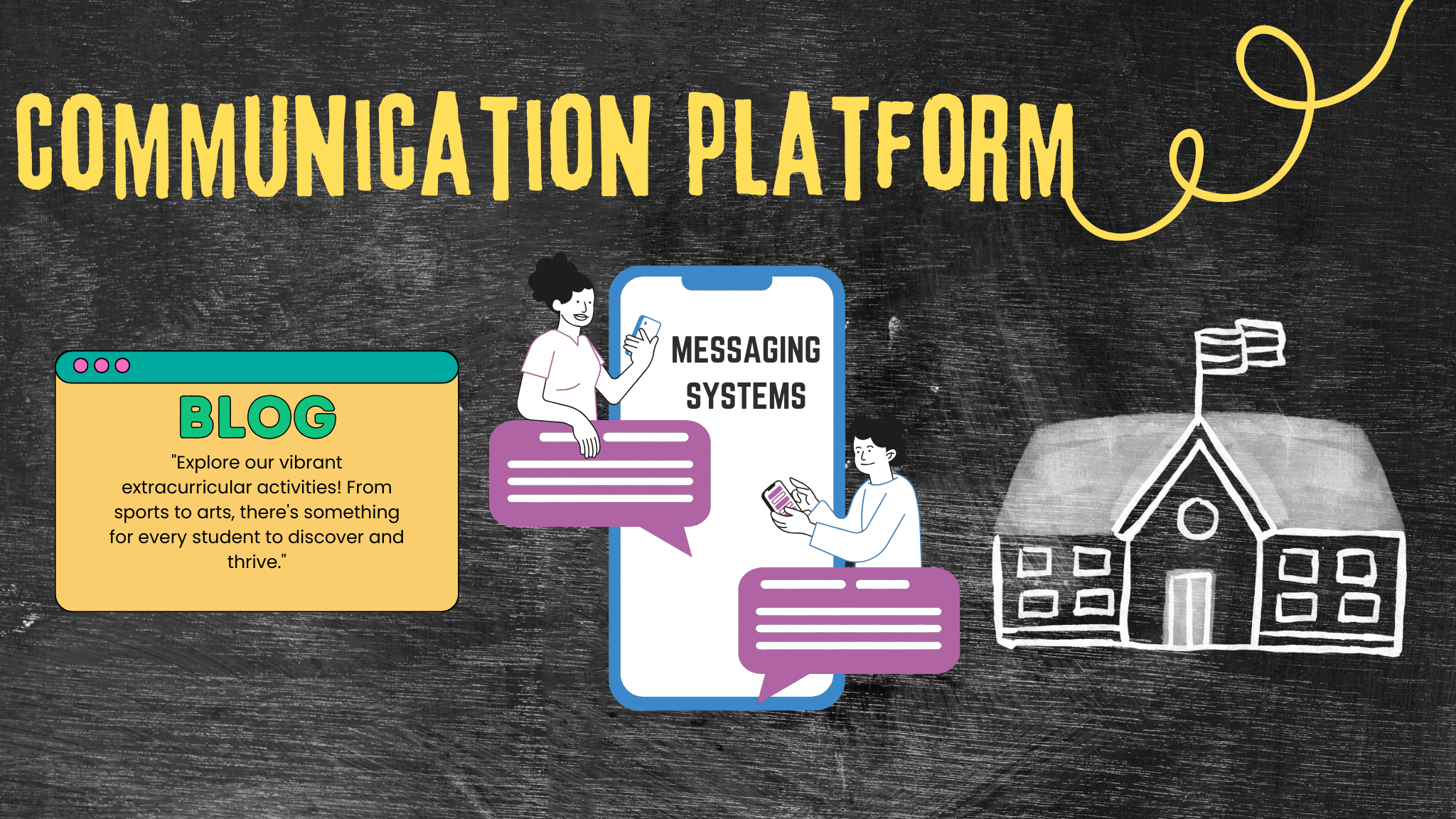
2. Communication Platform
Through features like blogs, forums, and messaging systems, schools can facilitate seamless communication between stakeholders, allowing for the timely sharing of announcements, newsletters, and updates.
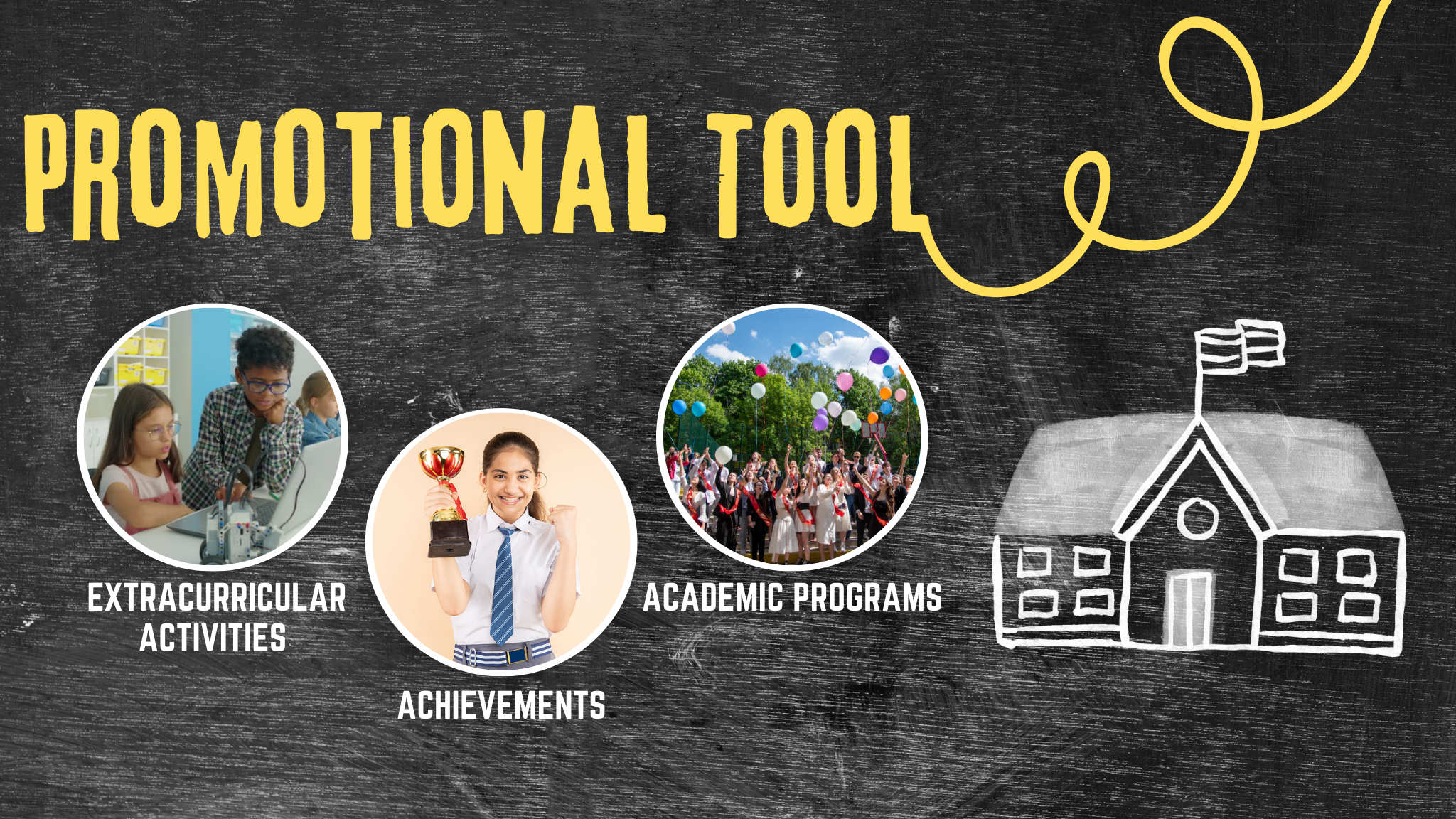
3. Promotional Tool
A well-designed website showcases the school’s unique offerings, academic programs, extracurricular activities, and achievements, helping to attract prospective students and enhance the school’s reputation within the community.
Essential Features of a WordPress School Website
When building a school website using WordPress, it’s important to include features that cater to the needs of students, parents, teachers, and administrators while ensuring ease of use and accessibility.

1. User-Friendly Navigation
Intuitive navigation with clear menu structures and logical organization of content ensures that users can easily locate the information they need, whether it’s class schedules, staff directories, or event calendars.

2. Responsive Design
With the increasing use of smartphones and tablets, it’s essential to optimize the website for mobile devices, ensuring that content is accessible and legible across various screen sizes.

3. Events Calendar
An events calendar keeps stakeholders informed about upcoming school activities, parent-teacher meetings, sports events, and holidays. Users should be able to subscribe to event notifications and sync calendars with their personal devices.
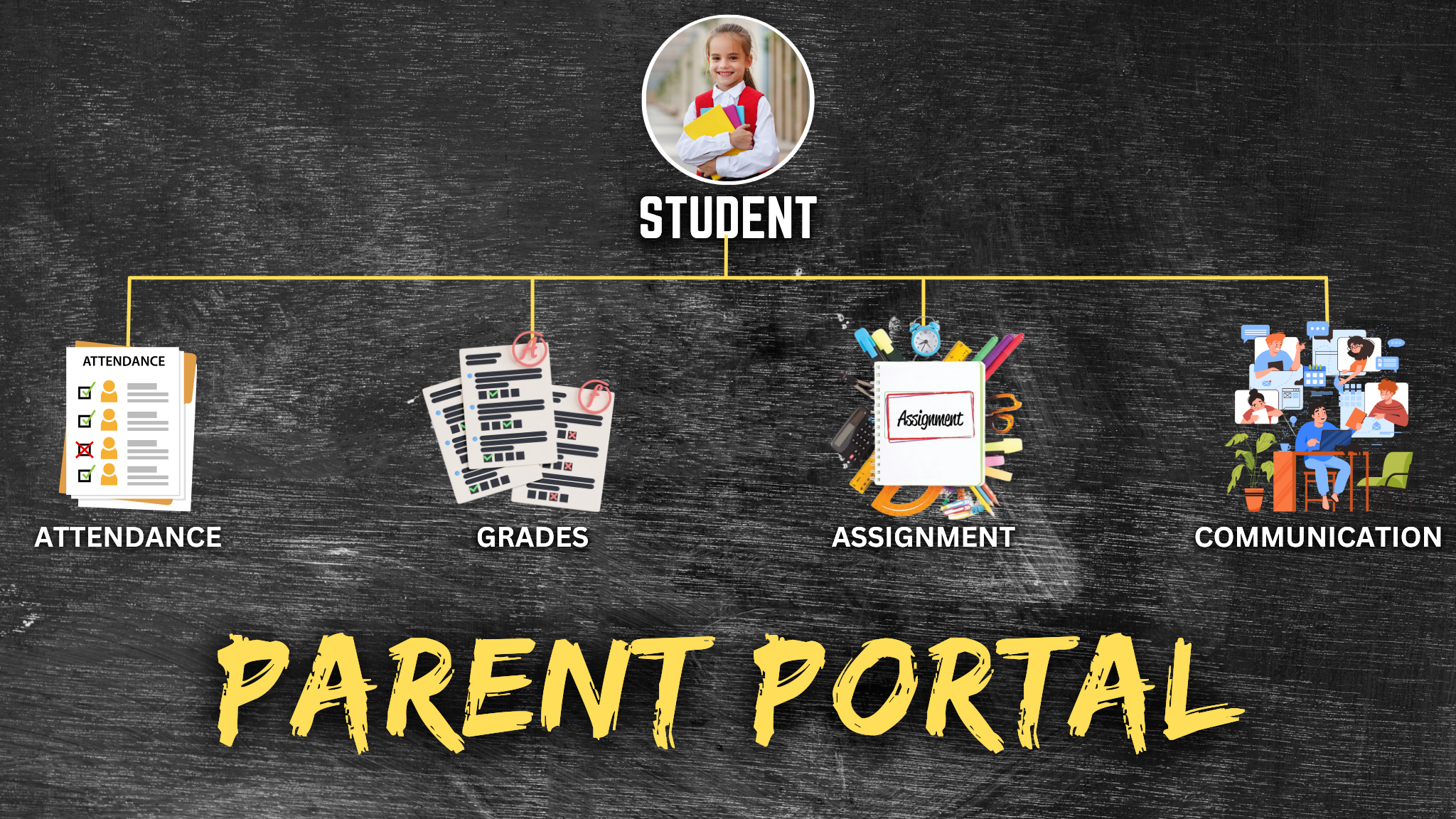
4. Parent Portal
A dedicated parent portal allows parents to access their child’s grades, attendance records, assignments, and communication from teachers securely. Providing login credentials ensures the protection of sensitive information and data privacy.

5. Student Portfolios
Students can showcase their work, projects, and achievements through digital portfolios, which may include multimedia elements such as images, videos, and documents.
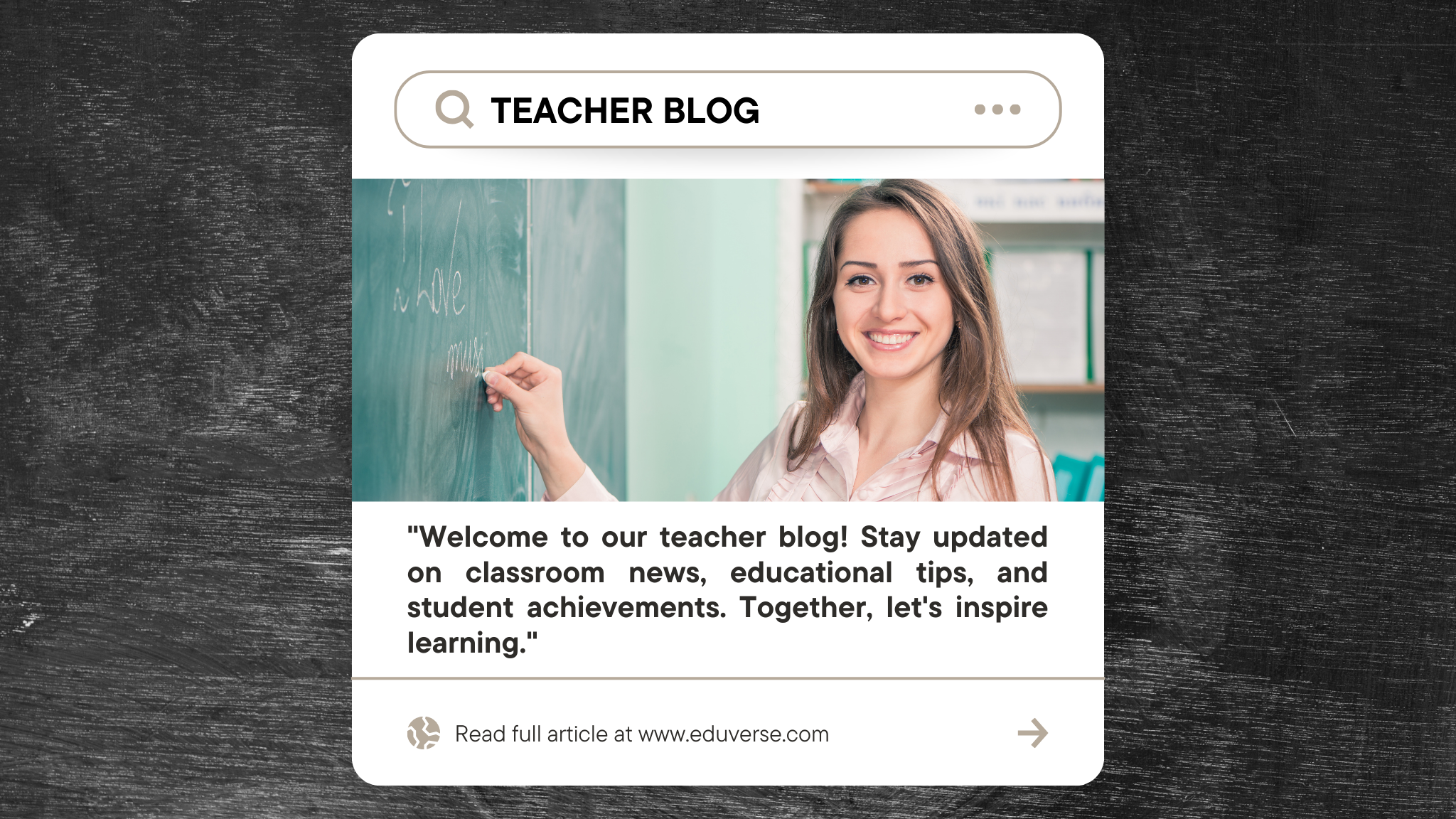
6. Teacher Blogs
Encouraging teachers to maintain blogs or news sections on the website facilitates transparency and communication between teachers, students, and parents, enabling them to share classroom updates, educational resources, and insights into their teaching philosophies.

7. Multimedia Gallery
A multimedia gallery showcases school events, performances, artwork, and student projects through photo galleries, videos, and slideshows, capturing memorable moments and celebrating the achievements of the school community.
Strategies for Maximizing Website Impact
While having a school website is important, maximizing its impact requires careful planning and strategic implementation.
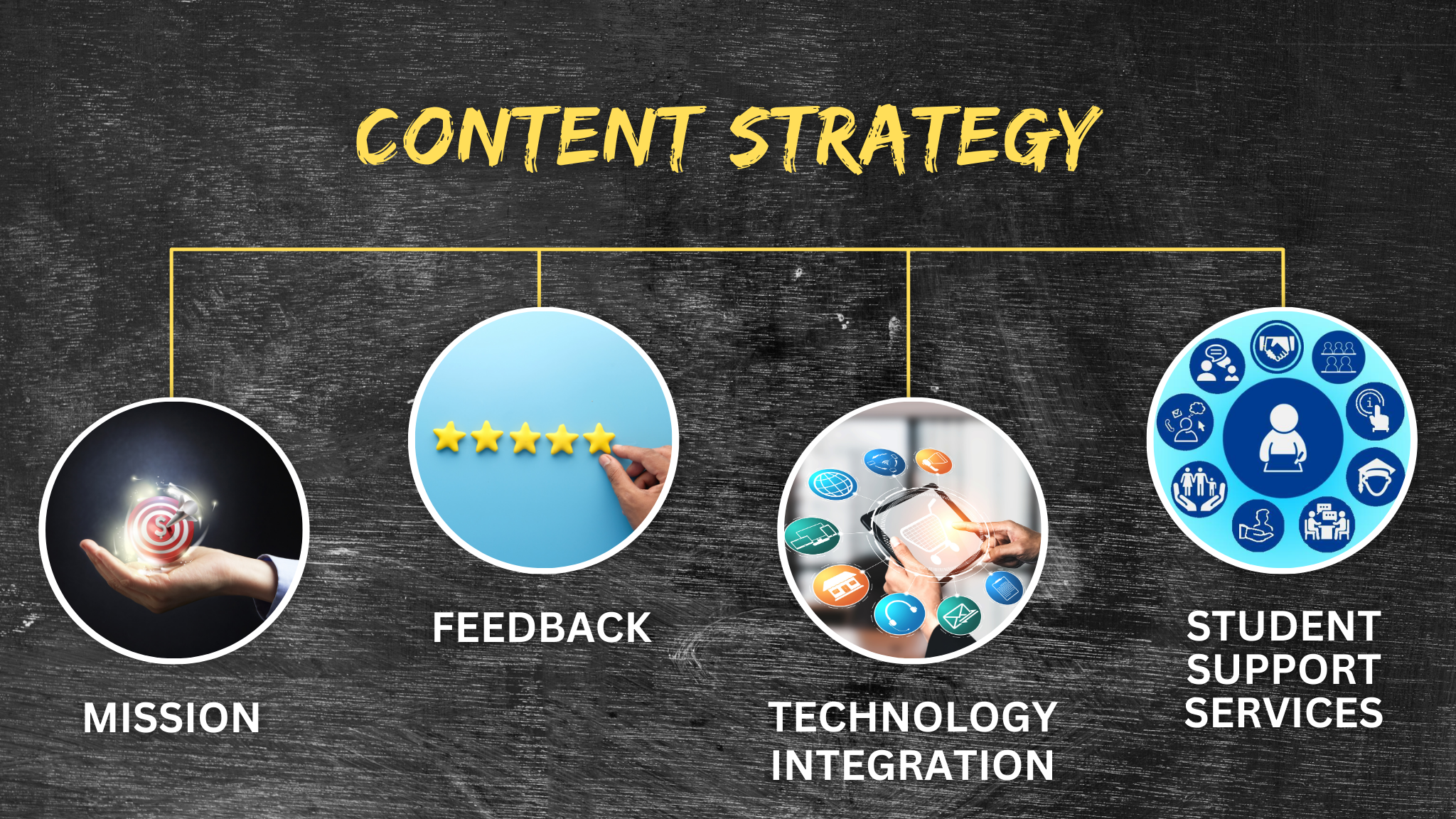
1. Content Strategy
Developing a comprehensive content strategy that aligns with the school’s mission, values, and educational objectives is essential. Regularly updating the website with fresh, relevant content keeps stakeholders engaged and informed.

2. Search Engine Optimization (SEO)
Implementing SEO best practices improves the website’s visibility in search engine results, attracting organic traffic and increasing online visibility. Optimizing page titles, meta descriptions, and headings with relevant keywords is key.

3. Social Media
Integrating social media channels into the website extends its reach and promotes community engagement. Including social sharing buttons, embedding feeds from school accounts, and encouraging users to interact and share content on social platforms fosters a sense of community.
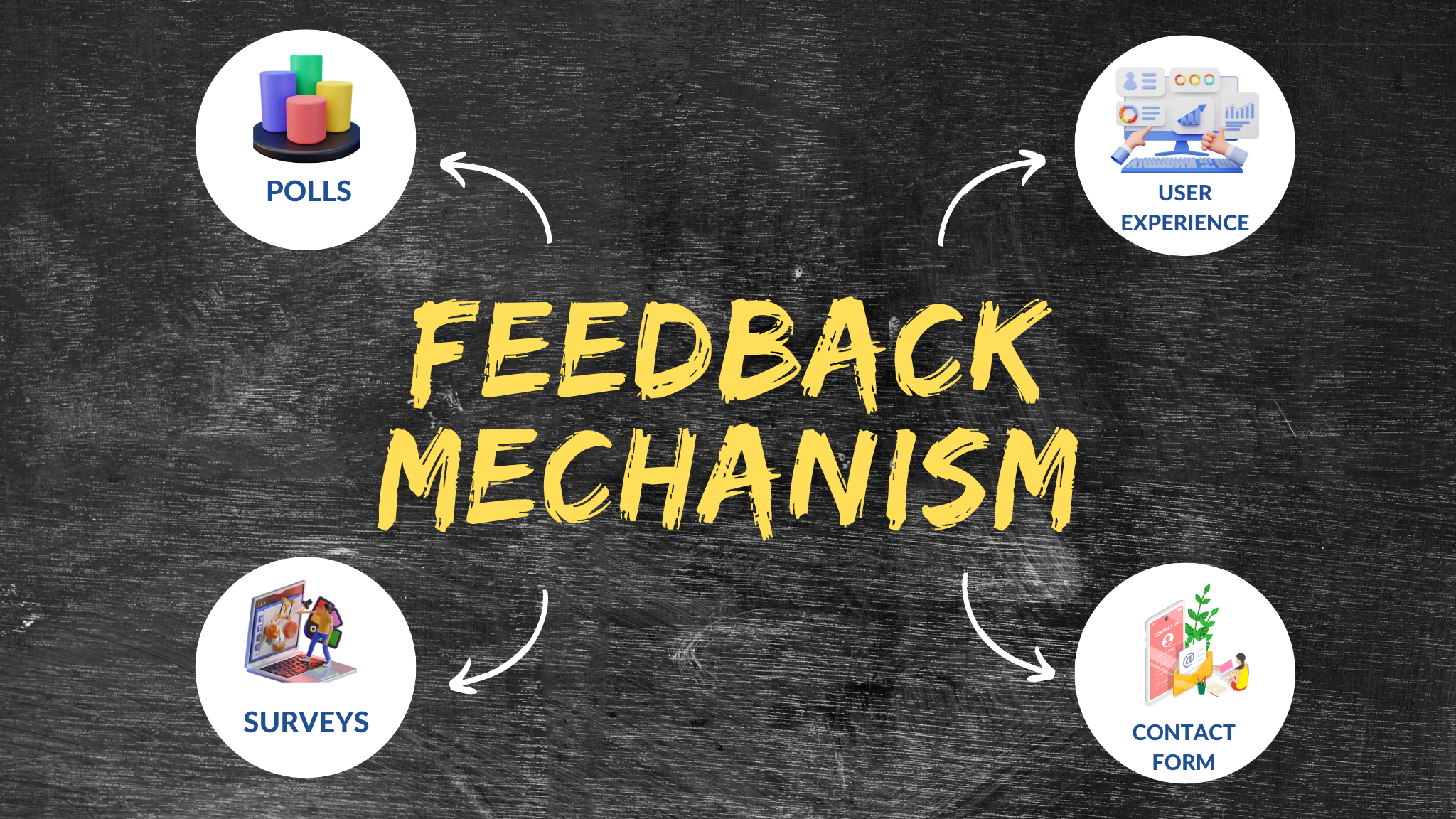
4. Feedback Mechanisms
Implementing feedback mechanisms such as surveys, polls, and contact forms allows stakeholders to provide input. Using feedback to identify areas for improvement, address concerns, and tailor the website to meet the needs of its users enhances user satisfaction.
Conclusion
A WordPress school website serves as a vital communication tool, information hub, and promotional platform for educational institutions. By incorporating essential features, developing a comprehensive content strategy, and leveraging strategies for maximizing impact, schools can create dynamic and engaging websites that enhance the educational experience for students, parents, and staff. With WordPress’s flexibility and scalability, schools can adapt their websites to evolving needs and technology trends, ensuring that they remain effective and relevant in the digital age.

